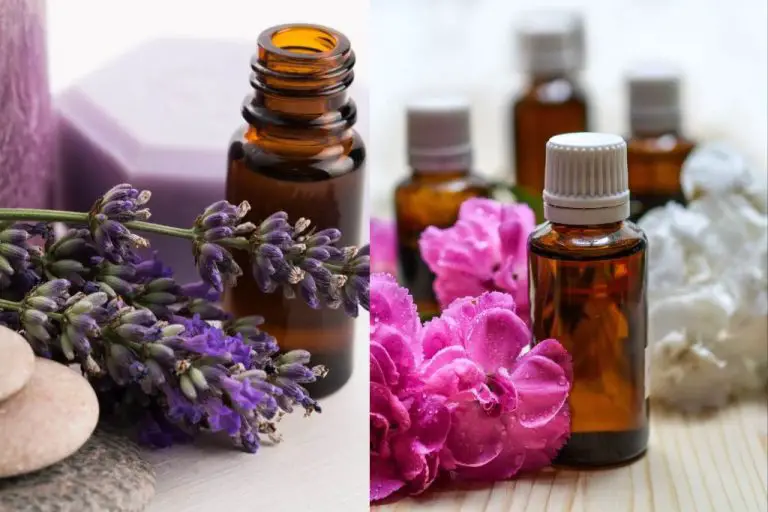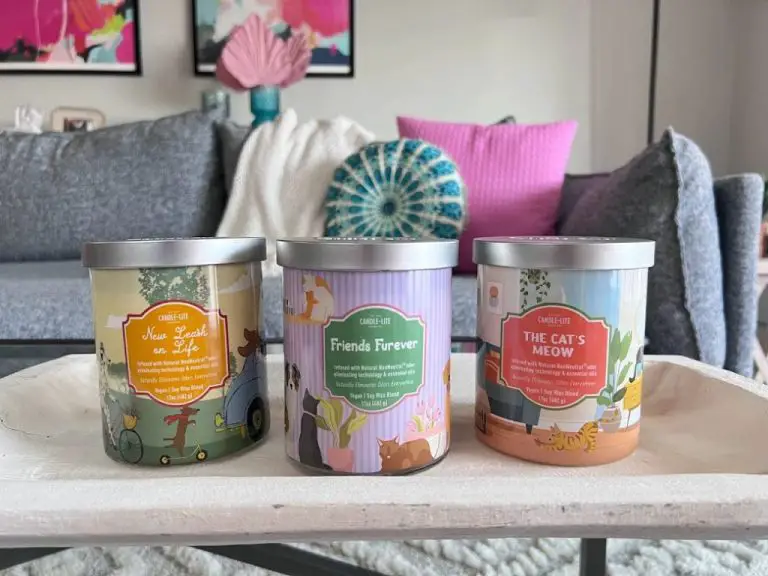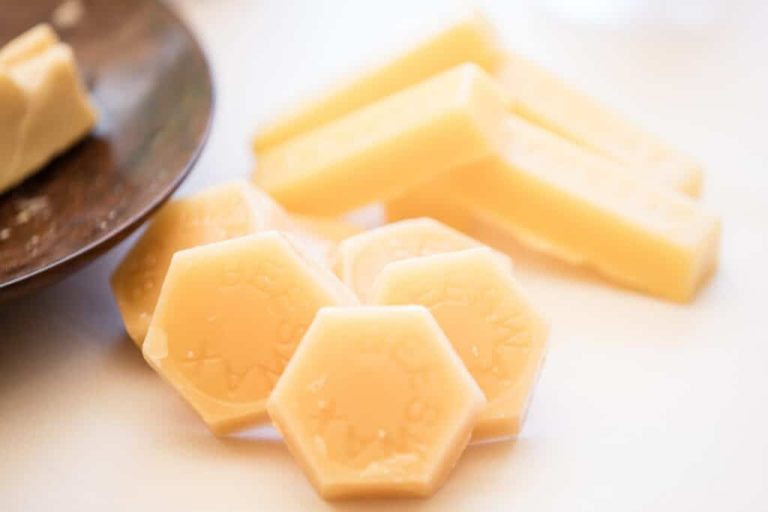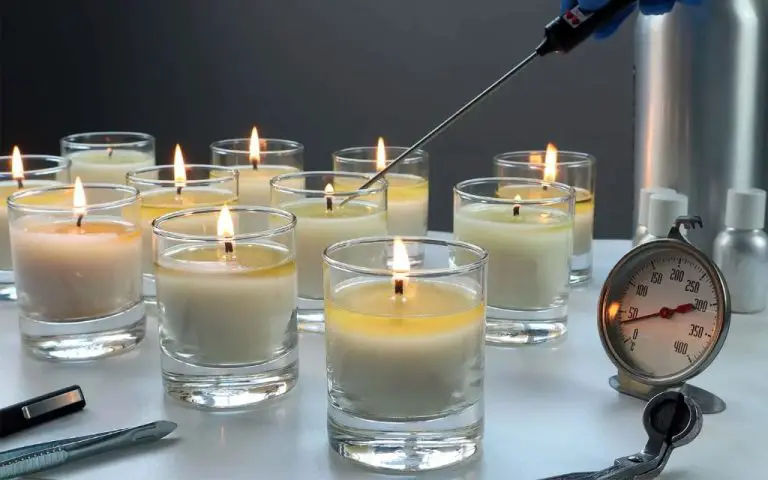Is It Cheaper To Make Wax Melts?
Wax melts are scented wax cubes or bars made from wax, fragrant oils, and dye that are melted to scent a room. They have become an increasingly popular alternative to traditional scented candles because they allow you to customize and change scents easily without having to commit to burning an entire candle. Wax melts only require a melter or burner to release their aroma as the wax warms, making them reusable.
The wax melt market is projected to grow at a CAGR of 9.5% from 2022 to 2030, reaching a value of $620.3 million by 2030 according to Grand View Research [1]. Wax melts are affordable, convenient, customizable, and safer than candles, which helps explain their popularity. They allow you to mix and match scents, change them out frequently, and avoid issues like soot and open flames.
While wax melts can easily be purchased, many people find making them at home rewarding and less expensive in the long run. This article examines the costs, time, and other factors involved in buying vs. making your own wax melts at home to determine which option may be more economical.
Cost of Store-Bought Wax Melts
The average price per ounce of store-bought wax melts ranges from $2 to $6 depending on the brand, scent, retailer, and other factors.
Major retailers like Walmart and Target sell their house brand wax melts for around $2-3 per ounce. More premium brands like Scentsy and Yankee Candle can cost upwards of $4-6 per ounce depending on the fragrance.
Boutique candle companies and Etsy sellers offer wax melts at varying price points, but quality artisanal melts often range from $3-5 per ounce.
Buying in bulk quantities can reduce the per ounce cost. For example, Scentsy sells an 8-pack of wax melts for around $5, making each melt about $0.60 per ounce. But single melts may cost over $1 per ounce.
The scent and popularity of the fragrance also impacts price. Limited edition or seasonal scents often command a higher per ounce price tag.
Cost of DIY Wax Melt Ingredients
The main ingredients needed to make DIY wax melts at home are wax, fragrance oils, dye blocks, and containers. When calculating the cost of DIY wax melts, it’s important to consider the price per ounce of each ingredient, as well as whether you buy in bulk quantities or smaller amounts.
Wax is the biggest expense when making wax melts. The average price per ounce of wax ranges from $0.60-$2 depending on the type and quantity purchased. Soy wax, a common choice, costs around $1-$2 per ounce when bought in smaller 1-2 lb quantities from candle supply retailers. Buying soy wax in bulk 10-20 lb cases brings the price down to $0.60-$1 per ounce.
Fragrance oils, which provide scent, generally cost $1.50-$3 per ounce from specialty candle suppliers. Buying 4 or 8 ounce bottles brings the price down to around $1.50 per ounce. Fragrance samples can sometimes be purchased for under $2 per ounce.
Dye blocks for coloring wax melts range from $3-$8 for a package, which will color several pounds of wax. Containers like clamshells and tins cost $0.10-0.30 each when purchased in bulk quantities.
Overall, making wax melts at home costs $1-$3 per ounce in small batches, with the price dropping to $0.70-$1.50 per ounce when buying wax, fragrance, and containers in bulk.
Time Investment for Making Wax Melts
Making wax melts at home takes more time compared to just buying them ready-made. There are several steps involved in DIY wax melts:
Measuring and melting the wax takes around 15-20 minutes depending on the amount of wax used. Allowing the wax to fully melt requires close monitoring to maintain the right temperature (Source).
Adding fragrance oils and dye, and mixing takes 5-10 minutes. Pouring the wax into molds takes another 10-15 minutes if making multiple batches (Source).
The wax melts then need to fully cure and harden which can take 12-24 hours before they can be removed from the molds. This cure time requires no active effort but still factors into the overall time investment.
In total, an at-home batch of wax melts takes about 1-2 hours of active work time, and 12-24 hours of inactive wait time for curing. In contrast, store-bought wax melts just require a quick trip to the store.
Equipment Needed for DIY
Making wax melts at home only requires a minimal amount of equipment. The essentials needed are a wax melter, silicone molds, and mixing spoons (How To Make Wax Melts From Home). A wax melter is necessary to melt the wax so it can be poured into molds. Silicone molds come in a variety of shapes and sizes and make removing the finished wax melts easy. Metal or plastic mixing spoons are ideal for stirring the wax mixture.
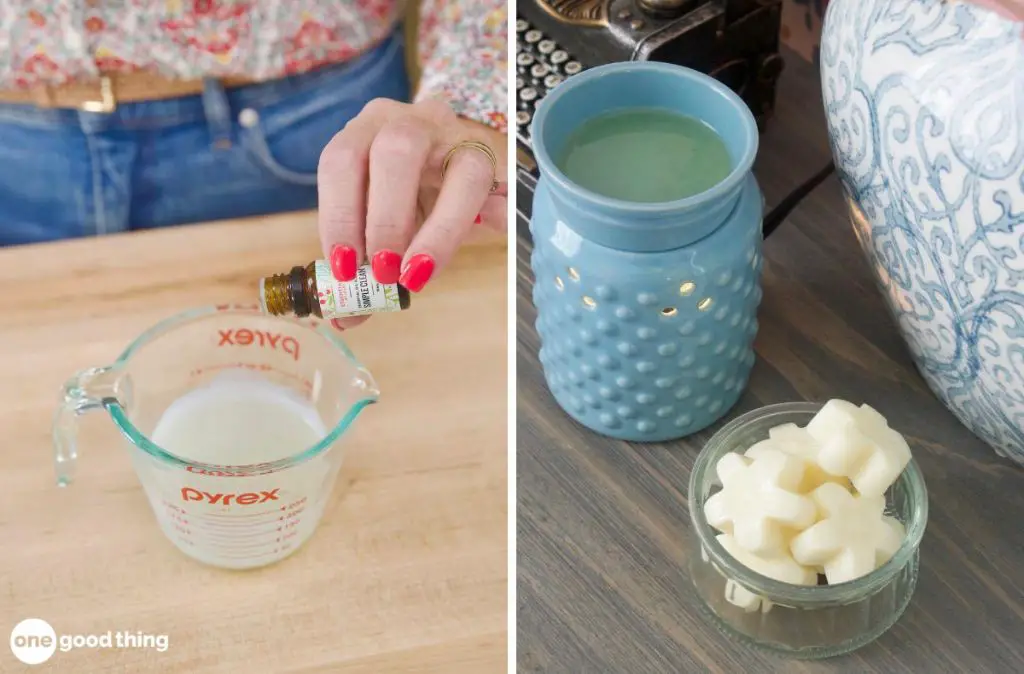
Some optional equipment that can be helpful includes a double boiler, thermometer, and pouring pots (How to Make Wax Melts: Everything You Need to Know). A double boiler allows for even heating of the wax. Monitoring the temperature with a thermometer enables pouring the wax at the ideal temperature for proper setup. Pouring pots make it easier to distribute the wax evenly into multiple molds at once. However, all of this equipment is not essential to create homemade wax melts.
Factor In Failed Batches
When making homemade wax melts, it’s important to account for the cost of failed test batches as you refine your recipe and process. Some common troubleshooting issues with DIY wax melts include:
Low or no scent throw – This can be caused by not adding enough fragrance oil, pouring the wax at too high of a temperature, or improper curing. Check recommended usage rates and try adding a bit more oil next time. Pour wax around 175F to preserve scent. Let melts cure 1-2 weeks before testing (source).
Crumbling or cracking – Fast cooling can cause wax textures issues. Avoid chilling wax too quickly. Cool melts at room temperature without fans or refrigeration (source).
Not melting properly – This is often due to the wrong wax type or not reaching the proper melt point. Use a wax with a melt point around 130-150F. Make sure your warmer is getting hot enough for full melt.
When troubleshooting, anticipate that you may go through 1-2 test batches before perfecting your recipe and process. Factor these failed batches into your cost analysis. While frustrating, view experimental batches as a necessary step to create quality homemade wax melts.
Customization of Homemade Wax Melts
One of the biggest advantages of making your own wax melts at home is the ability to fully customize the blends according to your preferences. When making wax melts from scratch, you can select the exact scents and colorants that appeal most to you.
With homemade wax melts, you have full control over the scent combinations. Many store-bought wax melts only offer pre-determined blends, but you can create your own special mixes by using individual fragrance oils. For example, you may prefer warming scents like lemon, peppermint, and eucalyptus during the day, and then soothing fragrances like lavender and chamomile in the evening.
You can also tailor your homemade wax melt colors to match your home’s decor or seasonal themes. Adding a few drops of liquid dye allows you to make brightly colored melts for spring, deeper hues for winter, or even coordinated shades for specific rooms.
The ability to completely personalize wax melt blends with your favorite combinations of scents and colors is a major perk of making them yourself versus buying pre-made options.
Cons of Making Wax Melts
While making your own wax melts can seem like an easy way to save money, there are some notable downsides to consider before getting started.
One major con is the time investment required. Making wax melts from scratch takes much longer than simply purchasing ready-made ones. You’ll need to gather ingredients, melt wax, pour into molds, let harden, and package the final product. Cleaning up afterward also adds more time, especially if you need to wash wax-coated equipment and surfaces. Properly storing wax melts is another time consideration, as homemade melts may be more fragile or melt easier than commercial ones.
You’ll also need an adequate workspace to make wax melts. This requires enough countertop space for melting wax, arranging molds, etc. Storing all the ingredients and materials also takes up room. The process can get messy, so having a space you don’t mind getting wax on is ideal.
When first starting out, expect a lot of trial and error to perfect your wax melt recipes. It may take testing different wax, oil, and fragrance combinations to find what works best. Early batches may not have the results you expect. There is a learning curve to mastering homemade wax melts, which requires patience.
Pros of Buying Wax Melts
One of the biggest pros of buying premade wax melts is the convenience and ease. With store-bought wax melts, you don’t need any equipment or supplies to get started. All you need to do is take the wax melt out of the packaging and place it in your wax warmer. This makes it extremely easy and convenient to start enjoying the fragrance, with no prep work required.
Another benefit of buying premade wax melts is the consistent results you’ll get each time. Commercial wax melt companies have standardized their production process to create melts that deliver the same fragrance experience every time. When you make your own wax melts at home, there can be more variability in fragrance strength and quality. So if consistency is important to you, sticking with store-bought is a safer bet.
Conclusion
Whether making your own wax melts is cheaper than buying them depends on various factors. The upfront costs of supplies and equipment may be high if you don’t already have them on hand. You also need to consider the value of your time spent researching recipes, preparing materials, and going through trial and error. However, once you have the supplies and learn effective techniques, the variable costs per batch are low.
If you enjoy DIY as a relaxing hobby or make wax melts to gift, the time investment may be worth it. You can also customize scents and shapes to your preference. But if your priority is to get quality wax melts as cheaply as possible, buying them ready-made can save time and frustration.
Overall, making your own wax melts is usually cheaper per unit in the long run if you make them in bulk. But it requires an initial investment and time commitment. For most people, occasional DIY with store-bought melts as needed is the best approach.

